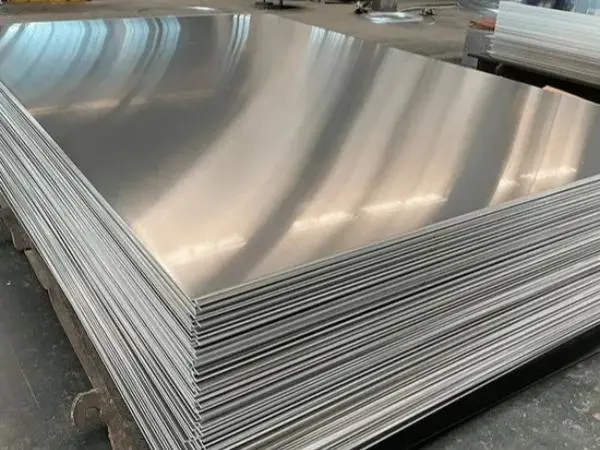- Phone0086 731 8564 8255
- E-mailsales@cscsteel-manufacturing.com
-

A reliable flange manufacturer possesses mature production technologies, strict quality control systems, and comprehensive testing methods. They carefully screen raw materials to ensure compliance with industry standards and follow precise processing and assembly protocols to guarantee product accuracy and sealing performance. Additionally, these manufacturers conduct thorough product testing to ensure every flange meets user requirements.
Continental Steel Co., Ltd is professional pipe flanges manufacturer, for more details, please contact:sales@cscsteel-manufacturing.com
So, how can you assess whether a flange manufacturer produces high-quality, reliable products?
Key Factors in Evaluating Flange Quality
1. Appearance Inspection
High-quality flanges should have a smooth surface, free from cracks, burrs, bubbles, corrosion, and rust. Specific checks include:
Forged surfaces should be even and without scars or cracks.
Machined surfaces should be burr-free, with no deep scratches.
The overall appearance should be clean, undamaged, and rust-free.
2. Dimensional Accuracy
Using precise measuring tools such as vernier calipers, straight rulers, and depth gauges, key dimensions should be verified, including:
Inner and outer diameters
Flange thickness
Bolt hole diameter and spacing
Each dimension must strictly adhere to design specifications or industry standards to ensure proper fit and performance.
3. Material and Chemical Composition Analysis
Material quality directly impacts a flange’s mechanical strength and corrosion resistance. To verify composition:
Spectrometers (e.g., X-ray fluorescence, emission spectrometers) can analyze chemical content.
The material must comply with relevant standards and application requirements.
4. Non-Destructive Testing (NDT)
To detect internal and surface defects, manufacturers use advanced testing methods, such as:
Ultrasonic testing – Identifies hidden cracks and inclusions.
X-ray imaging – Provides detailed internal structural analysis.
Magnetic particle testing – Detects surface and near-surface flaws.
Penetration testing – Highlights minute surface defects.
5. Pressure Testing
Before shipment, a pressure test ensures the flange’s reliability under operating conditions.
The test section is filled with water and pressurized below the working pressure.
Leakage checks at the joints confirm a secure seal.
Pressure drop measurements must meet the standard threshold within the specified time.
6. Hardness Testing
For flanges incorporating sealing rubber rings, a hardness test ensures the material meets national and industry standards.
7. Manufacturer’s Qualifications and Reputation
A reliable manufacturer should have:
Industry certifications and production qualifications.
A strong brand reputation and proven track record.
After-sales support and clear quality guarantees.
Flanges from well-established manufacturers are generally more reliable, ensuring better durability and performance.
Conclusion
Evaluating flange quality requires a multi-faceted approach:
✔ Inspect the appearance for smoothness and defect-free surfaces.
✔ Measure dimensions to ensure they align with industry standards.
✔ Analyze the material composition to confirm compliance with requirements.
✔ Use non-destructive testing to detect internal or surface flaws.
✔ Perform pressure tests to verify sealing performance.
✔ Conduct hardness tests on sealing components if necessary.
✔ Choose a manufacturer with recognized certifications and a solid reputation.
By following these criteria, you can confidently select high-quality, reliable flanges that meet your operational needs.




